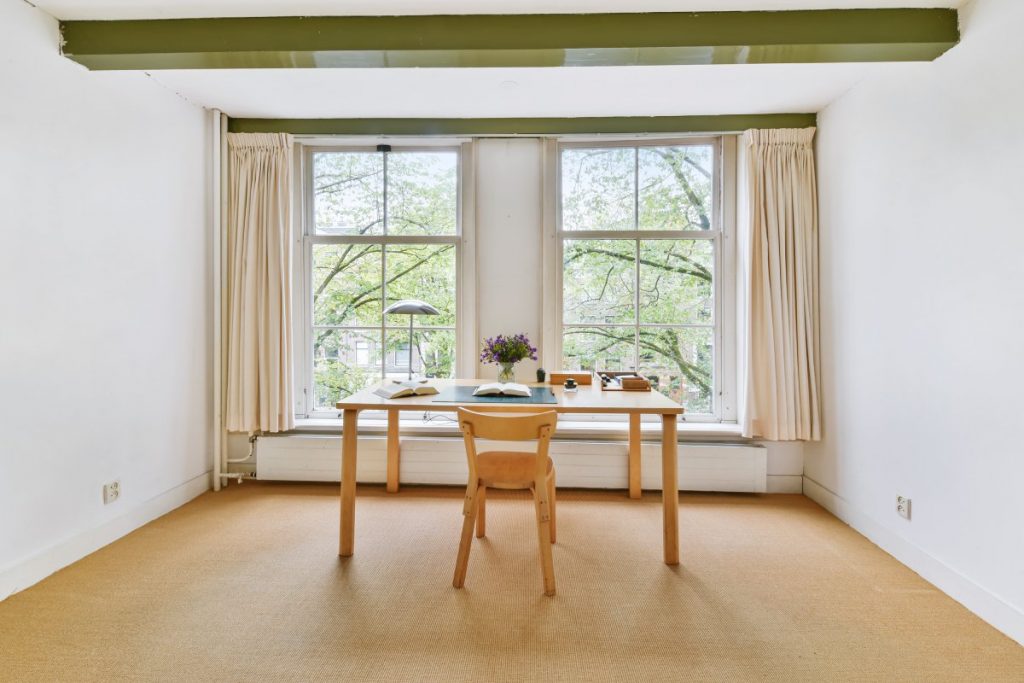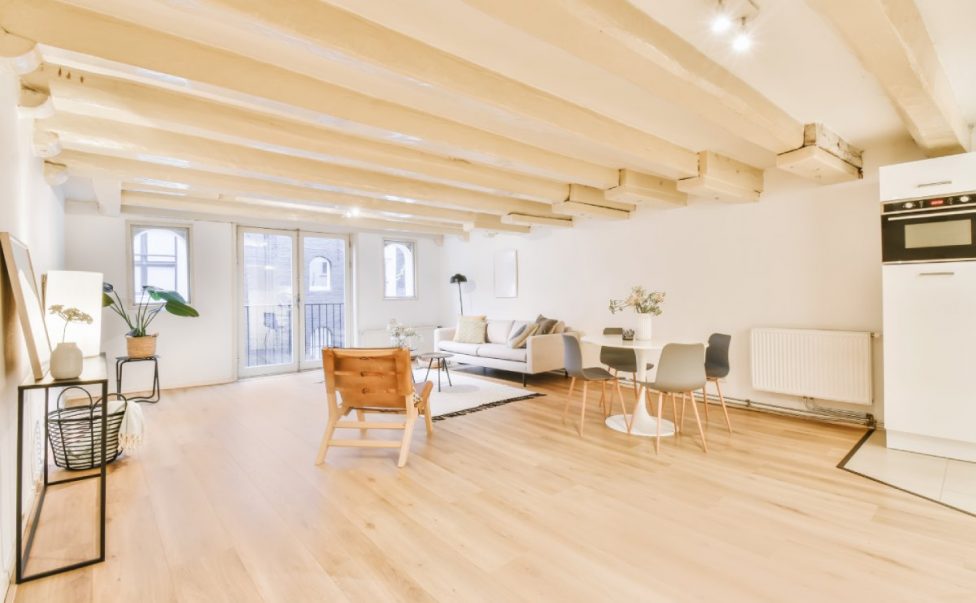What is air ventilation? How do you know if you have poor ventilation? How do you fix ventilation problems?
If your house feels damp, has a funny smell, or leaves you with endless colds and feeling tired and listless, you could be suffering from poor ventilation. These are just a few of the serious outcomes that can occur if the situation is left to continue, but how do you know if there is a problem and what can you even do about it?
Here we will take a look at what we mean by air ventilation, and how you can optimise it for your home today.
What is air ventilation?

Air ventilation is, quite simply, the process of replacing older air with fresh clean air. This can be the air that has been exhaled, is heavy in pollutants and moisture, or is just a little stale. The process is by and large the same regardless.
You can naturally dilute and replace the old air by introducing new air by opening windows, using vents and opening doors among other methods. This uses the difference in pressure and temperature to encourage airflow and has successfully worked as a means of ventilation throughout much of history.
You can also use mechanical or hybrid ventilation to control the influx or expelling of air yourself. Air conditioners, extractor fans, and other means of introducing new air or forcing out old air are all excellent ways to ventilate your space, and the right method for you may vary depending on where you live among other factors.
The critical thing with air ventilation is to make sure you have it one way or another. Poor ventilation can lead to irritating and even alarming results that could vary from having to replace some wallpaper to having serious structural damage and being annoyed by a bad smell to having an asthma attack or allergic reaction.
You can improve your ventilation in myriad ways, from opening windows to getting a state-of-the-art and perfectly functioning system installed, and remember it is tough to put a price on health and living conditions.
How do you know if you have poor ventilation?

You can often tell right away if you have poor ventilation by simply looking – and smelling – around your house. Signs like an excess of condensation on the windows and walls, peeling wallpaper and a musty damp smell are fairly easy to spot.
If left too long, dampness can lead to mould growing on the ceiling, the walls and behind furniture. At this stage, you can be endangering your health by allowing it to continue, so if you do see mould make sure you take steps to improve your ventilation right away.
Other signs of poor ventilation can be harder to see. An increase in colds and allergies can be subtle but still points towards a lack of fresh air. When you lack the correct levels of ventilation particles of dust and other detritus will build up in the air that you are breathing in and out all day, and if you have hay fever, asthma or many other conditions you may notice that they are getting worse.
If you aren’t sure if you have good ventilation or not, one way to be sure is to test the airflow around vents, fans and other places that you rely on for your ventilation. You can measure this using items that you have lying around your home, or more professionally using an anemometer.
- The DIY method – take a cardboard box that can fit over your vent or fan, cut a hole a little smaller than a credit card and stick the card along one side so that it opens like a door. You can then measure the swing of the door to see how strong the flow of air is as it circulates.
- The professional method – purchase an anemometer that measures airflow and test your system to see how well it is working.
If you are still unsure how well your ventilation system is performing, or if you know that your home is poorly ventilated, you should consult a reputable and expert company like Vent Pro for solutions and advice.
How do you fix ventilation problems?

You can choose to go down a number of routes to solve your ventilation issues, and a combination approach is usually the best choice. Simply promising to open a window more often won’t really cut it if you have an ongoing problem like dampness, so you may need to commit to getting a proper system installed that can perform to the highest of standards.
Using air vents and window vents to allow airflow is one great way to increase your ventilation relatively cheaply, but these can allow in noise and even whistle themselves when it is windy. You can use air bricks on outside walls, but this will be difficult to do once your home is built and can let heat out costing you more money.
Choosing a professional company to fix your ventilation problems is arguably the best and most effective way to make sure that the issues really are dealt with, and in the most efficient way possible.
If you want to improve your ventilation without losing the warm air in your home, an energy conservation system can keep the heat in, and the air circulating at the same time. The right kind of ventilation system can actually save you money on your energy bill over time, so although the initial expense can seem great, it can be cheaper and far more effective over the years than simply leaving your windows open.
Conclusion
To Sum Up:
- Air ventilation is the process by which you introduce new outside air to stale inside air.
- Poor ventilation can lead to a build-up of pollutants, bad smells and detritus in the air, and lead to condensation, mould and ill health.
- You can tell that you have poor ventilation by looking out for the signs, but if you aren’t sure you can test your airflow or consult a professional.
- Installing a top-of-the-line ventilation system is the best way to ensure that your home is perfectly ventilated, and it can actually save you money in the long run as well.
If you have questions about your home’s ventilation and aren’t sure how to proceed, contact the experts and gain security and peace of mind about your health and the safety of your home today.


